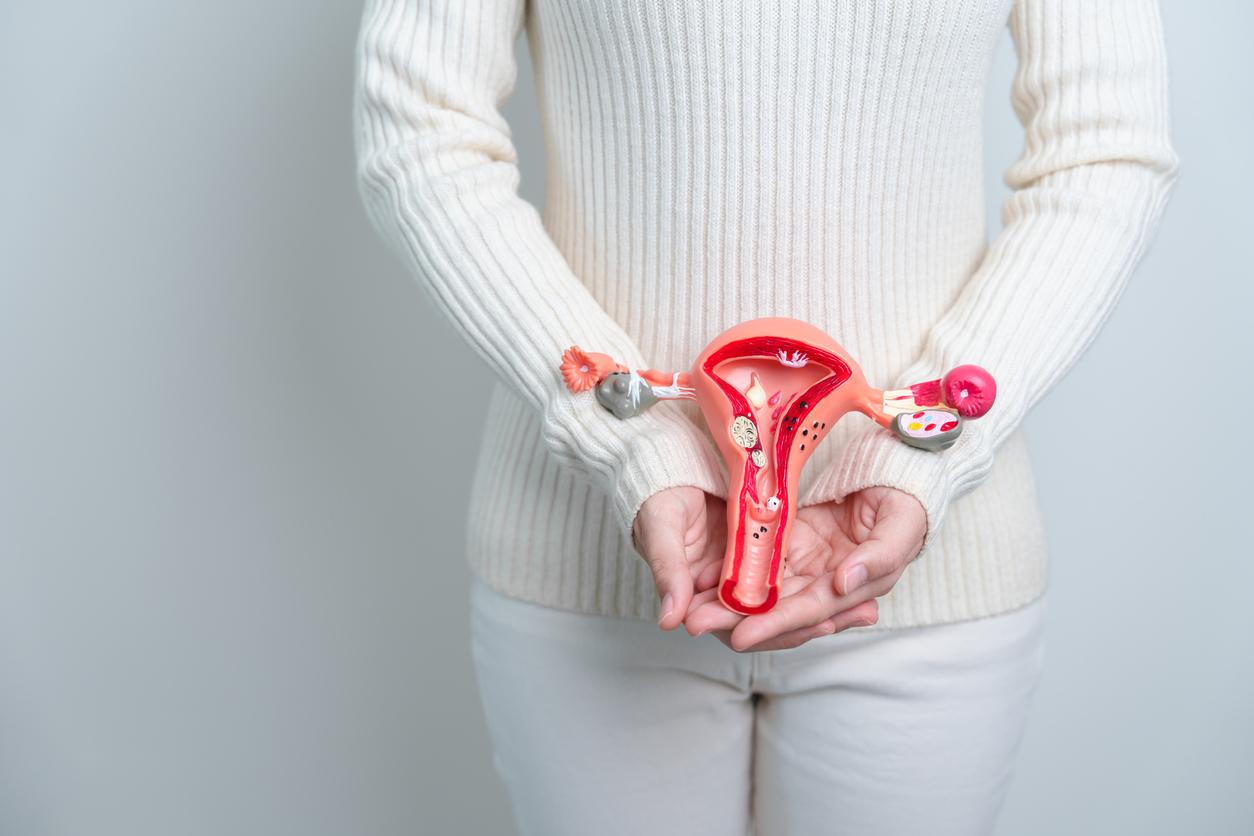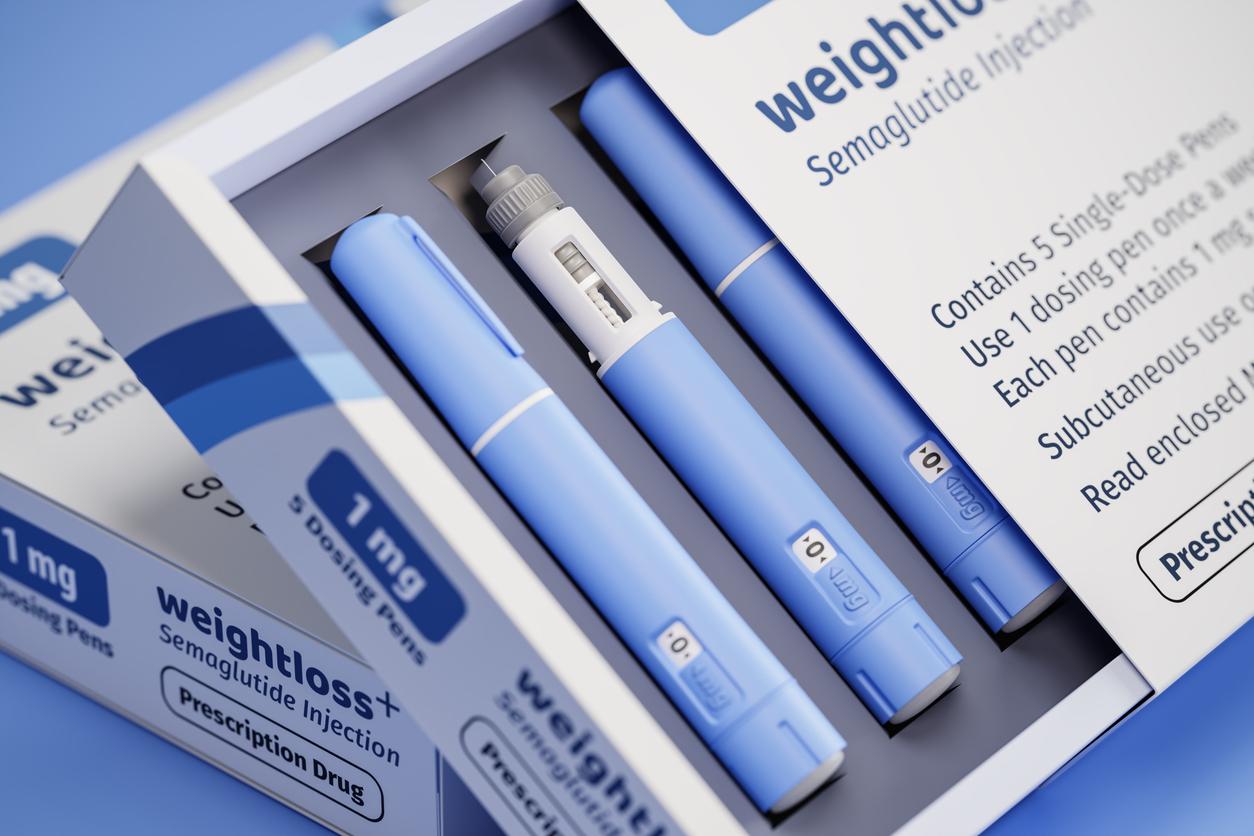The High Authority for Health (HAS) has opened access to a saliva test, which makes it possible to determine the biomarkers of endometriosis.

- Endometriosis is a gynecological pathology often diagnosed late.
- A Lyon biotech, Ziwg, has developed a saliva test, called Endotest, to reduce the time it takes to diagnose endometriosis.
- HAS has offered early access to the Endotest to patients over 18 years of age, in whom endometriosis is suspected, provided that new clinical studies are carried out in parallel.
Nearly one in ten menstruating people are affected by endometriosis, according to the EndoFrance association. This gynecological disease is often diagnosed late. It can take several years between the appearance of the first symptoms and confirmation of the diagnosis. It is estimated that the pathology is diagnosed with an average delay of seven to eight years.
Endotest: a 95% reliable diagnosis in a few days
With the aim of reducing diagnostic wandering, Ziwig, a Lyon-based biotech company, has developed a saliva diagnostic test, called Endotest. “Our test allows us to put a name to frequent and disabling symptoms”explained Yahya El Mir, the founder and president of Ziwig, to AFP. In an opinion delivered on January 8the High Authority of Health (HAS) recognized “the innovative character” and the “very good diagnostic performance (95% sensitivity and 94% specificity)” of this tool.
Currently, the diagnosis of endometriosis consists of carrying out, as a first intention, a clinical examination. An imaging assessment including a pelvic ultrasound and a pelvic MRI are then performed as second intention. Making the diagnosis can therefore take several weeks or even months. Thanks to the saliva test, this time is reduced to a few days. “It involves taking a little saliva, which contains micro-RNA,” said the founder of Ziwig. Although the sample can be taken directly by the patient, its analysis remains complex. “This is a complex medical biology examination since it involves carrying out high-throughput sequencing and the use of an algorithm designed by artificial intelligence within a specialized medical biology laboratory”noted the HAS.

A saliva test carried out as a third intention
Despite promising initial results, the clinical utility of Endotest has not yet been proven. HAS notably specified that “the data transmitted by the manufacturer do not demonstrate the favorable impact of Endotest® in patient care”And “do not make it possible to precisely estimate the population targeted by this test”. The organization therefore judged that wide deployment could lead to inappropriate use of the test.
Due to the need to carry out additional studies, the HAS offered early access to the Endotest to patients over 18 years of age, in whom endometriosis is suspected, via its innovation package, a device which facilitates access to innovative technologies. If the HAS’s opinion is followed by the government, carrying out the clinical utility study will allow “obtaining data that is still missing, such as the impact of the test on patient care, an estimate of the volume of test prescriptions in the target population, and patient acceptability.” This work will also make it possible to decide in favor or not of long-term reimbursement of Endotest..
The HAS, however, recalled that the Endotest will not replace the clinical examination and imaging assessment carried out to diagnose endometriosis. Carried out as a third intention, its aim is to reduce the number of laparoscopies performed on patients when the reference imaging assessment is negative or uncertain.

















